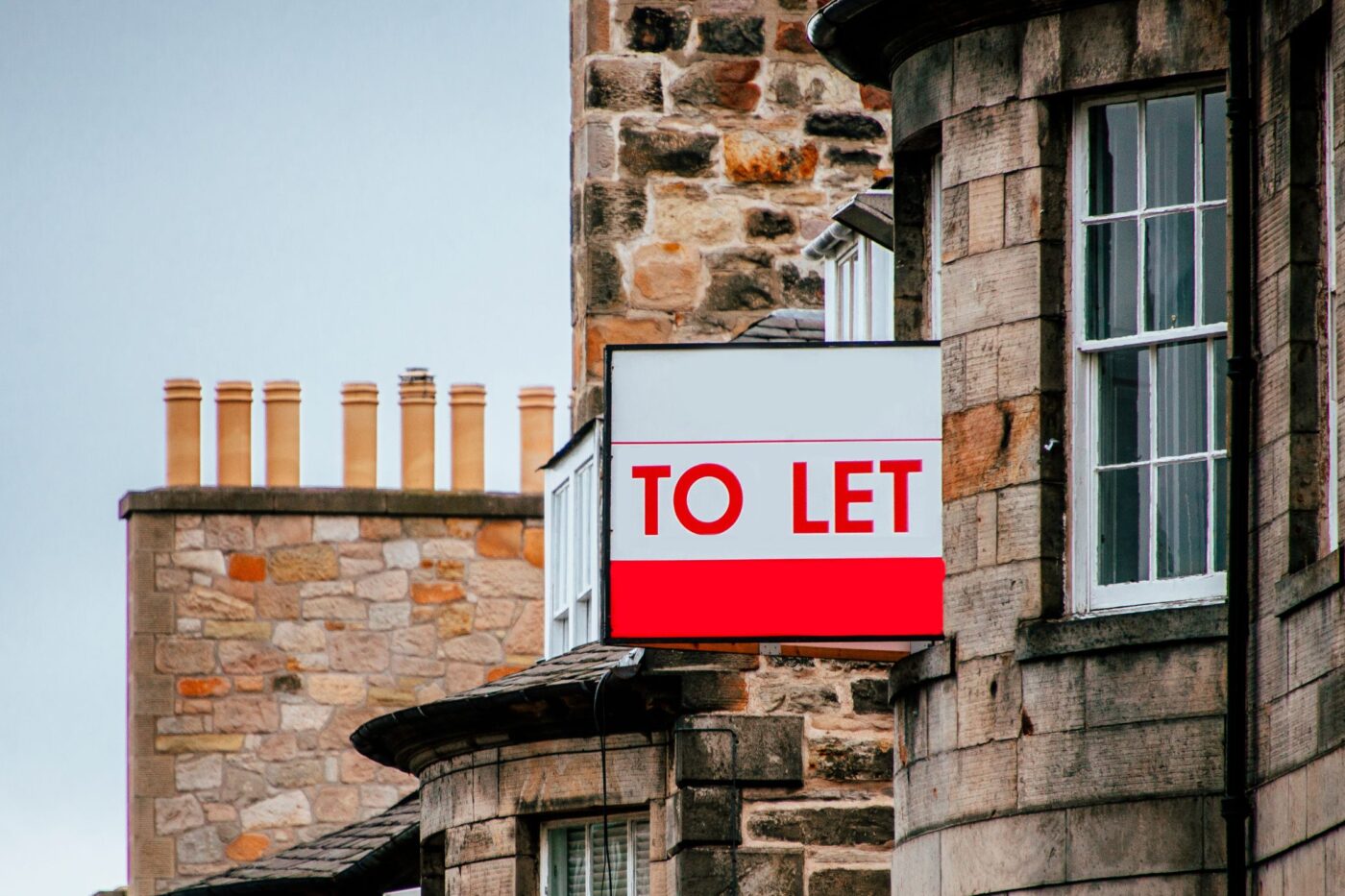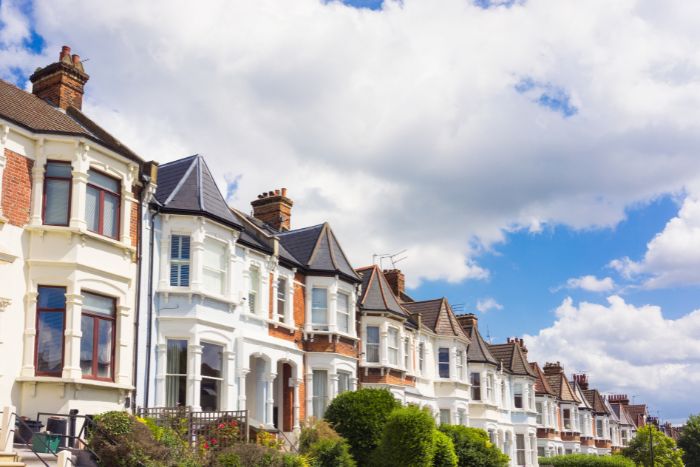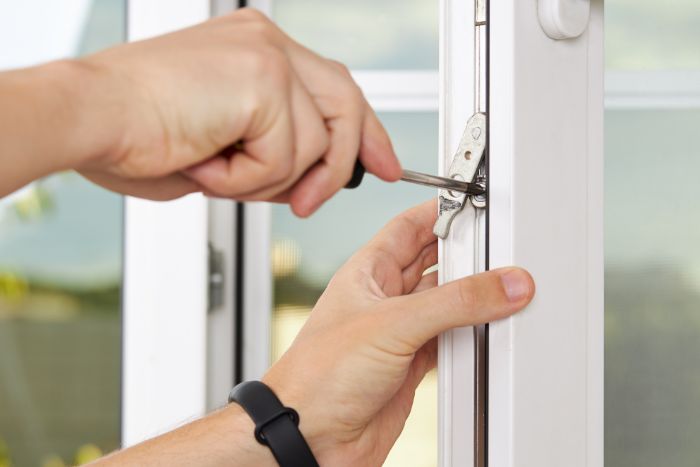December 4th, 2023.
5 Buy-To-Let Mistakes To Avoid

Buy-to-let properties can be a highly profitable investment, providing a consistent source of income for homeowners.
If you’re interested in property investment but are only just exploring it as an avenue, you might not be aware of the common mistakes associated with buy-to-lets that you should seek to avoid to get the most out of your investment.
Some common buy-to-let mistakes include, but are not limited to:
- Poor property choice
- Not using a mortgage broker
- Failing to come up with a business strategy
- Underestimating maintenance costs
- Failing to vet tenants
1. Poor Property Choice
A common buy-to-let mistake is making a poor property choice in an impatient bid to become a landlord.
Not every area or property is suitable for buy-to-let investment, so it’s essential to carry out thorough research before buying a buy-to-let property.
You will need to discover where rental demand is high and find out the expected rent on the type of property you’re interested in to ensure the yield is sufficient to cover the outgoings on the property.
Additionally, it’s crucial to obtain a survey of the property to assess the financial viability of a buy-to-let property.
A survey will enable you to gain a better understanding of the structure of the property and whether any work will need to be done, allowing you to gauge whether it’s a good investment.
2. Not Using A Mortgage Broker
A common buy-to-let mistake is not using a mortgage broker.
When it comes to securing a buy-to-let mortgage, there are more costs associated with one than a standard residential mortgage.
For instance, you can expect to pay a larger deposit (the minimum deposit is usually 25%) and can even expect to pay increased interest rates just to name a few.
As the last year has seen a significant rise in mortgage rates, using a reputable mortgage broker is more important than ever when securing a buy-to-let mortgage.
At Pure Property Finance, we’re not tied to any lender and all the advice we provide is impartial. The criteria that we use for finding commercial buy-to-let mortgages is always based on the cheapest product available to you and the best package for your needs.
If you’re looking to invest in a buy-to-let property, get in touch with a member of our team today.

When purchasing a buy-to-let property, you can expect to pay a larger deposit (the minimum deposit is usually 25%) and can even expect to pay increased interest rates.
3. Failing To Come Up With A Business Strategy
A common mistake when investing in a buy-to-let property is failing to come up with a business strategy.
Investing in property without a business strategy is a huge risk and can have financial implications. Purchasing a buy-to-let property is about making a profit, but it should also be viewed as a long-term investment.
Carrying out research and developing a business plan will allow you to set clear goals and develop a strategy that helps you to achieve them.
You should also determine whether you wish to diversify your property portfolio and whether you wish to branch out into other types of properties, such as HMOs. If you’re looking to buy or refinance a home for a number of occupants, then you’ll need a specialist HMO mortgage.
It’s also crucial that you come up with an exit strategy. Property markets fluctuate and getting the timing right when it comes to selling is essential to get the most out of your investment.
4. Underestimating Maintenance Costs
One of the biggest mistakes you can make when purchasing a buy-to-let property is underestimating maintenance costs.
Although each property is different and it’s difficult to know how much maintenance and repairs will cost, a rough estimate is an annual spend of 1% of the property’s total value for repairs each year.
While some wear and tear is to be expected, a good way to prevent property damage is to have a clear tenancy agreement in place. It’s also important to note that the tenants you select can have a direct impact on the amount of maintenance required, so pick them wisely.
That said, it’s natural for maintenance costs to occur over the years and it’s essential that you’re prepared for them when they do.
It’s also a sensible idea to take out landlord insurance, which can cover accidental and malicious damage by tenants, although policies can vary significantly.

Although each property is different and it’s difficult to know how much maintenance and repairs will cost, a rough estimate is an annual spend of 1% of the property’s total value for repairs each year.
5. Failing To Vet Tenants
Last, but not least, a common buy-to-let mistake to avoid is failing to vet tenants.
Who you allow to live in your buy-to-let property will have a direct impact on how good of an investment it is going to be.
As such, it’s essential to ask for employment references as well as references from current and previous landlords. You might also want to carry out a credit check on any potential tenants.
These checks help to establish whether a potential tenant is trustworthy and will not only be able to afford the rent but will also keep your buy-to-let property in good condition.
Failure to adequately vet your tenants can result in a wealth of costly issues in the long run.

As the last year has seen a significant rise in mortgage rates, using a reputable mortgage broker is more important than ever when securing a buy-to-let mortgage.
How We Can Help
At Pure Property Finance, our experienced brokers can help you get a competitive rate on a buy-to-let mortgage.
Working with our buy-to-let commercial mortgage specialists will not only help you source low buy-to-let mortgage rates – ensuring you’ll make as much profit as possible – but save you hours of your time.
Inquire today on our website or call a member of our team on 02920766565 to discover your options.





